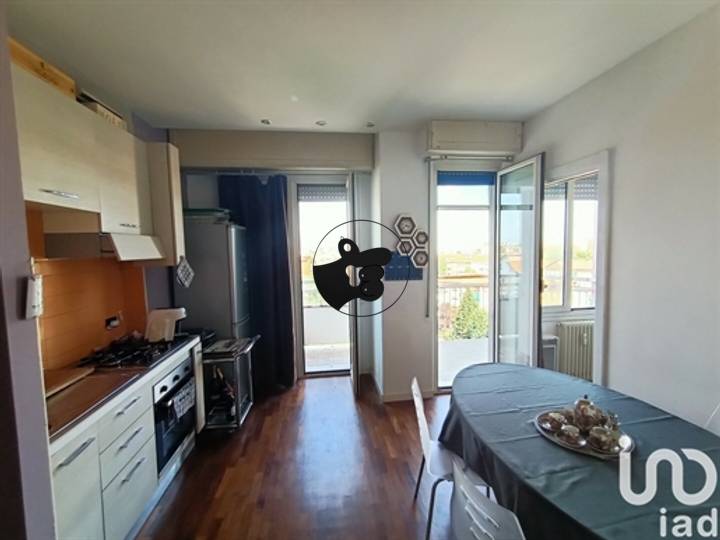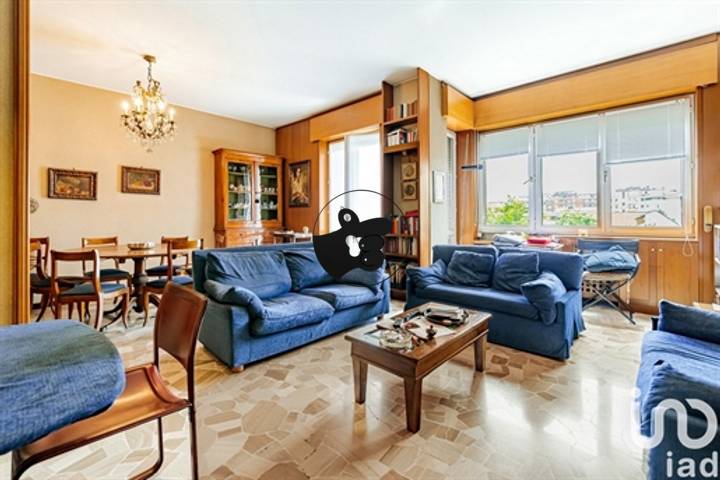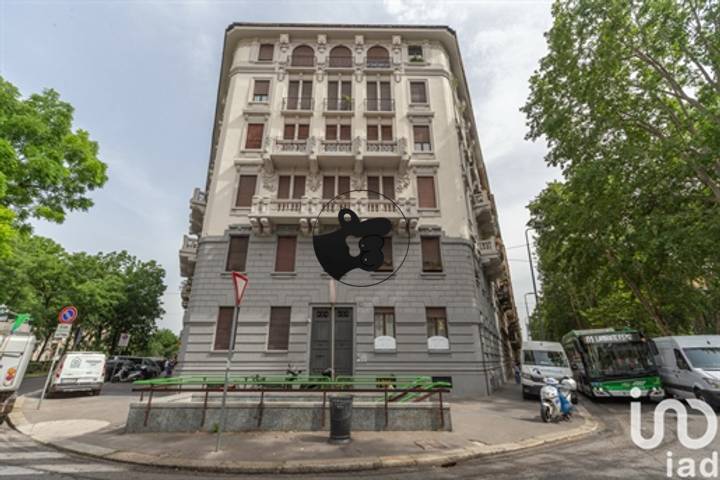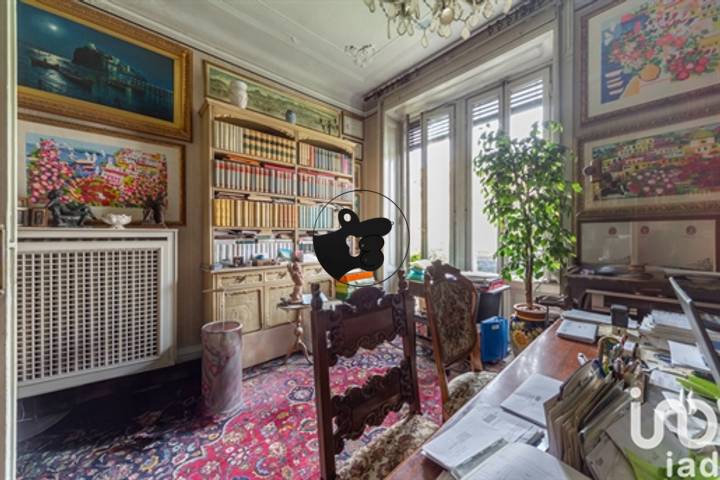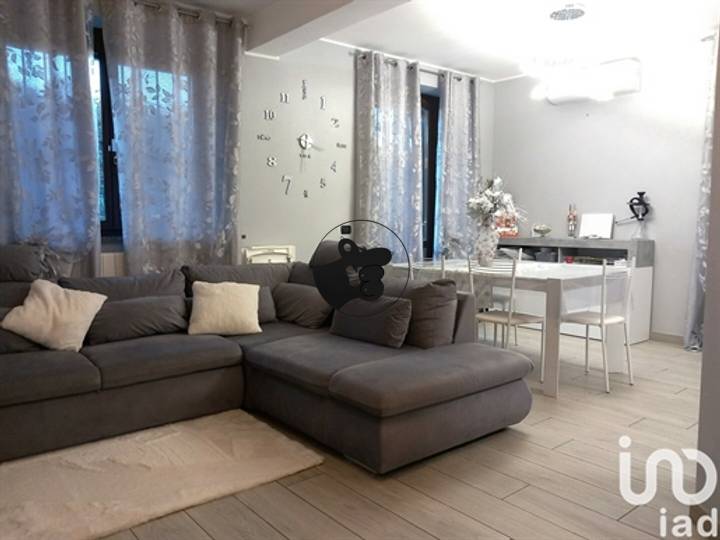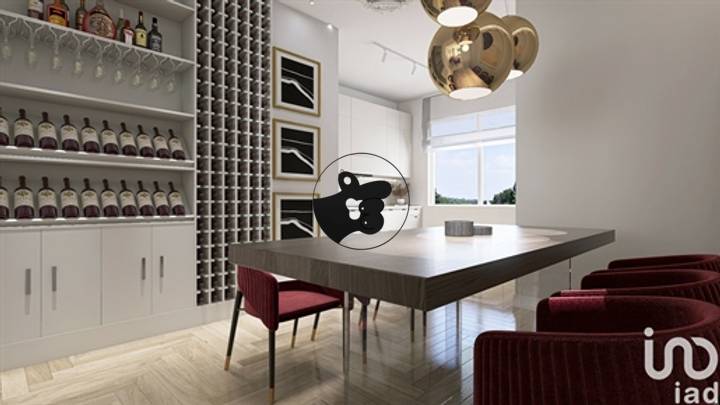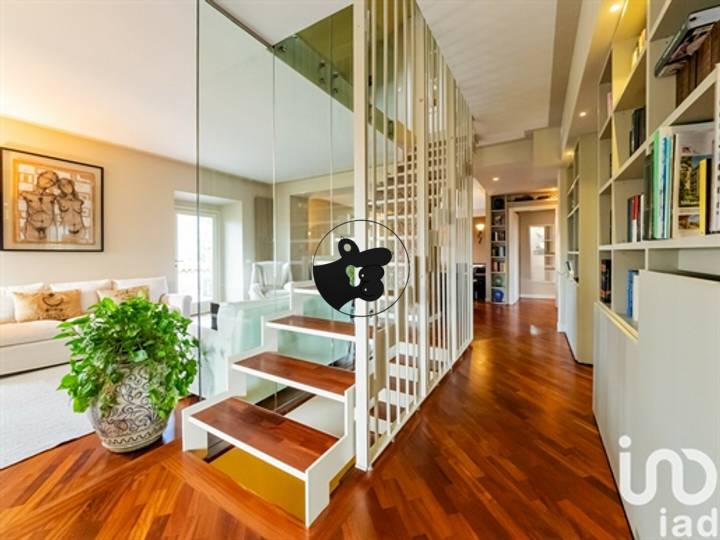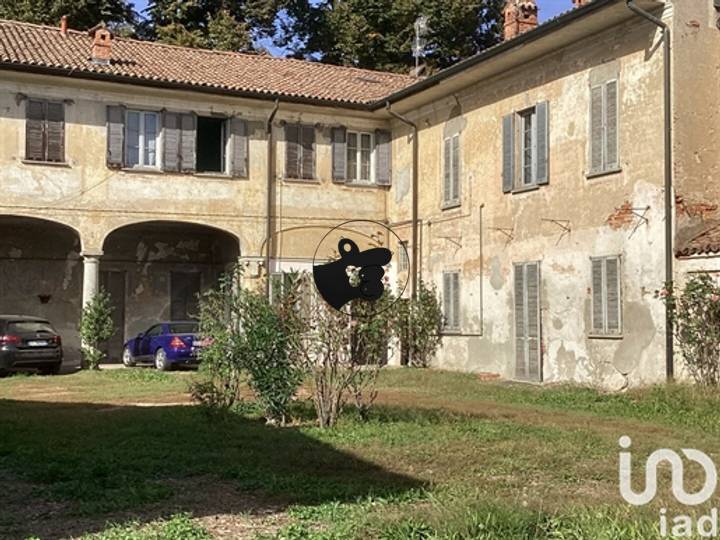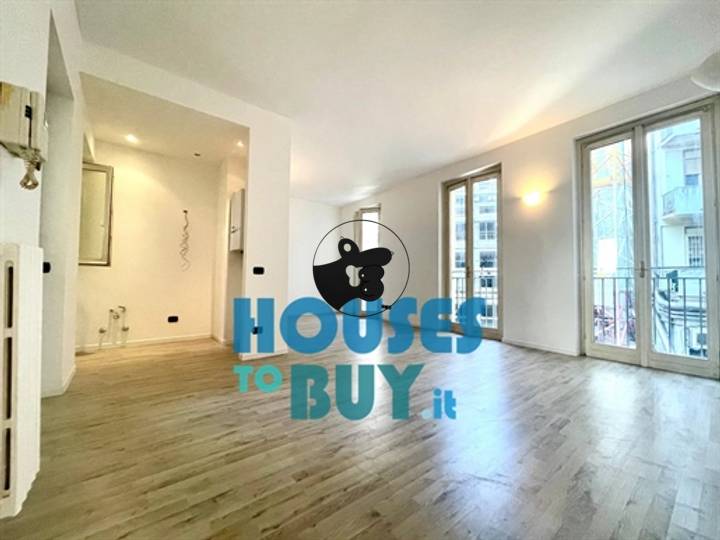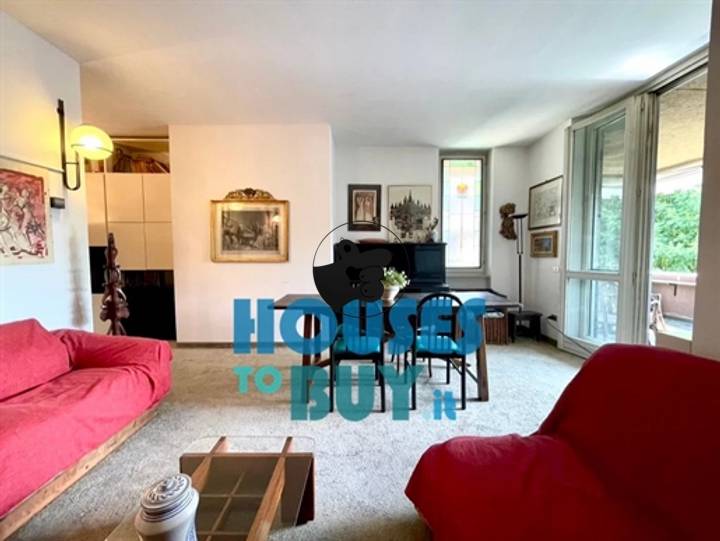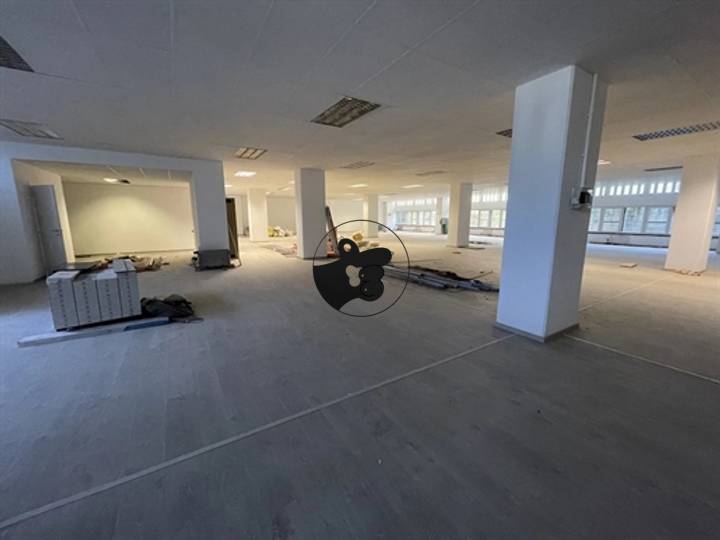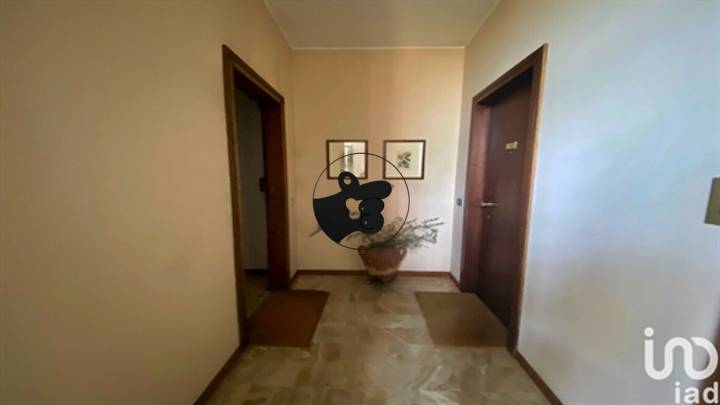Real estate prices in Provincia Di Milano are influenced by several key factors. One significant element is location; properties in central areas like Milan offer higher prices due to their proximity to business districts, public transportation, and cultural attractions. For instance, neighborhoods such as Brera and Navigli command premium prices thanks to their vibrant atmosphere and accessibility. Another factor is property type and condition; modern apartments or recently renovated homes typically fetch higher prices compared to older, less maintained buildings. Furthermore, local market demand plays a crucial role; areas experiencing an influx of professionals, especially in tech and finance, often see increased competition for housing, which drives prices upwards. Economic conditions, such as interest rates and employment rates in the region, also sway purchasing power, making it easier or more challenging for potential buyers to enter the market. Finally, infrastructural developments, such as new transport links or commercial projects, can significantly impact nearby property values, as seen with the expansion of the metro system in suburban areas contributing to rising real estate prices.
Provincia Di Milano
Location
Price Range
Any price
Price Range
Minimum
No min
Maximum
No max
Property type
Show all
Property type
Show all
House
Apartment
Building
Other
Bedrooms
Any beds
Bedrooms
Minimum
No min
Maximum
No max
Surface Range
Any surface
Surface Range
Minimum
No min
Maximum
No max
Sale type
For sale
Sale type
Show all
To rent
For sale
Location
Apartments and houses for sale in Provincia Di Milano
17 results
Recent
Provincia Di Milano insights
| Aspect | Summary |
|---|---|
| Population | 2,830,000 |
| Average Property Price | €3,500 per square meter |
| Rental Yield | 5.5% |
| Average Rent | €1,200 per month |
| Occupancy Rate | 90% |
| Capital Growth Rate | 3% per year |
| Property Tax | 0.76% of property value |
| Transaction Costs | 7% of property value |
| Expected ROI | 8% annually |
| Economic Growth Impact | Positive due to ongoing urban development |
Provincia Di Milano FAQ
What factors influence real estate prices in Provincia Di Milano?
How do current market trends affect property values in this area?
Current market trends in the Provincia di Milano significantly influence property values, primarily driven by urban regeneration, demand from remote workers, and the ongoing interest from foreign investors. The revitalization of previously neglected neighborhoods, particularly in areas like Bovisa and Scalo Porta Romana, has led to increased property values as new infrastructure and amenities attract higher-income residents. Additionally, the rise of remote work has shifted preferences towards more spacious accommodations, causing a surge in demand for larger apartments outside the traditional city center, such as in Monza and Sesto San Giovanni. This shift has been further fueled by the appeal of greener pastures and lower living costs in these suburbs, leading to noticeable appreciation in property prices. Meanwhile, the influx of foreign buyers, particularly from Europe and Asia, has bolstered market confidence, driving prices upward, especially for prime real estate in central Milan. The impact of these trends is reflected in the increasing competition and inflated property values, shifting the landscape of the real estate market in the region.
Are property prices in Provincia Di Milano increasing or decreasing?
In recent years, property prices in Provincia Di Milano have shown a trend of moderate increase, influenced by several factors including economic growth and urban development. Areas surrounding the city of Milan, such as Monza and Sesto San Giovanni, witnessed a notable uptick due to their improved transport links and amenities. For instance, Monza reported a rise in property values by around 5% year-on-year, while Sesto San Giovanni saw an increase of approximately 4% over the same period. Conversely, some neighborhoods within the metropolitan area, particularly those further from the city center, have experienced a stagnation or slight decline in prices as demand waned. For example, regions like Corsico have noted a decrease of about 2% as buyers shift focus to more central locations. The fluctuating dynamics in the property market reflect a complex interplay between buyer preferences, economic conditions, and infrastructural developments across the province.
What is the average price per square meter for apartments in Provincia Di Milano?
The average price per square meter for apartments in Provincia Di Milano varies considerably depending on the specific area. In more central locations, such as Milan itself, prices can reach around €4,500 to €5,500 per square meter, particularly in desirable neighborhoods like Brera or Porta Venezia. In contrast, areas further from the city center, such as Sesto San Giovanni or Cologno Monzese, can see prices drop to around €2,000 to €3,000 per square meter. Even within the province, towns like Monza may average about €2,800 to €3,500 per square meter, while smaller towns like Paderno Dugnano might have prices closer to €1,500 to €2,200 per square meter. Factors such as proximity to public transport, local amenities, and overall demand heavily influence these figures, illustrating the diverse real estate landscape in the region.
How do different neighborhoods in Provincia Di Milano compare in terms of pricing?
In Provincia di Milano, pricing across different neighborhoods varies significantly based on location, amenities, and the overall demographic profile. For instance, areas like Brera and CityLife are among the most expensive, with average rental prices exceeding €2,000 per month for a standard two-bedroom apartment, often reflecting their proximity to cultural hotspots and upscale dining options. In contrast, neighborhoods like Sesto San Giovanni and Cinisello Balsamo tend to have more affordable pricing, with similar apartments available for around €1,200 or less, appealing primarily to families and commuters looking for more space and greener surroundings. The suburban areas, such as Legnano and Busto Arsizio, also present lower price points, often attracting those who prioritize larger living spaces over city-center convenience, where prices hover around €1,000 for comparable accommodations. Variables such as public transport access, commercial developments, and the presence of schools further influence the differential pricing across these regions.
What is the typical price range for houses in Provincia Di Milano?
In the Provincia di Milano, the typical price range for houses varies significantly based on the specific municipality and type of property. In the city of Milan itself, prices can be quite high, with average apartment prices ranging from €3,000 to €6,000 per square meter, especially in central areas like Brera or the Navigli district. In more suburban areas, like Sesto San Giovanni or Cinisello Balsamo, one might find properties starting around €1,500 per square meter, with family homes typically ranging from €200,000 to €500,000 depending on size and amenities. Towns such as Lodi or Pavia, which are also part of the wider province, display more affordable housing options, with single-family homes priced between €150,000 and €300,000. Factors influencing these prices include proximity to public transport, schools, and local services, as well as the overall demand in the real estate market.
How do economic conditions impact real estate prices in Provincia Di Milano?
Economic conditions play a pivotal role in shaping real estate prices in Provincia di Milano, influenced by several factors including employment rates, income levels, and overall economic growth. A booming economy, characterized by low unemployment and rising wages, tends to increase demand for housing, leading to higher property prices. For example, in recent years, the tech and finance sectors have seen significant growth in Milan, attracting young professionals and increasing demand for urban living spaces, particularly in neighborhoods like Porta Nuova and Navigli. Conversely, during economic downturns, such as the effects of the COVID-19 pandemic, property prices can stagnate or decline as buyer confidence wanes and financial uncertainty rises. Additionally, real estate prices are also affected by local policies and infrastructure developments; initiatives such as the expansion of public transportation in the metropolitan area can enhance property values in adjacent districts. Therefore, understanding the interplay of these economic factors is crucial in analyzing real estate trends in the region.



